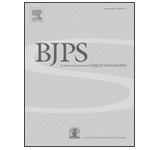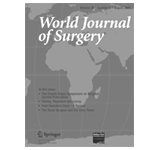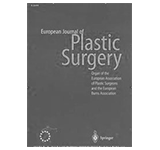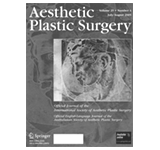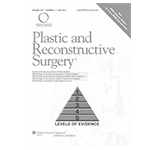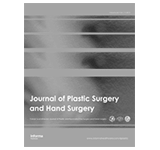Say goodbye to localized fat deposits immediately, with the help of liposculpture, a fast and safe procedure.
The term “liposculpture” refers to fat (lipo) sculpture. In plastic surgery, sculpture keeps its artistic meaning, but it is enriched with the medical one. So, liposculpture is the surgical procedure during which the plastic surgeon removes fat tissue from the abdomen, thighs, knees and the neck. In the same way that the art of sculpture creates masterpieces giving life to objects, liposculpture or liposuction improves significantly specific areas of the body in combination with other operations such as the abdominoplasty.
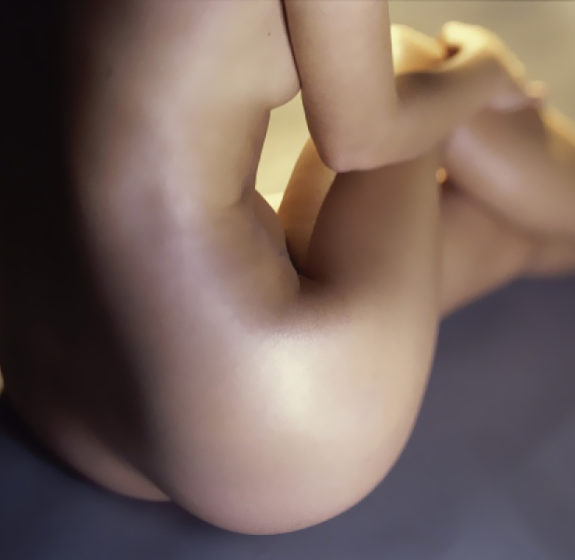
We should note that liposculpture neither makes you thinner nor does it treat cellulite. Thus, the candidate should follow a diet plan and exercise beforehand, if they want to get the best results. Liposculpture can improve your shape and body image making you more confident about yourself. However, patients should note that no surgical procedure can deliver to offer unrealistic desires.
The ideal candidates and the benefits
Liposculpture is for healthy men and women with normal weight and localized fat that result in body disproportions. Most of the times these localized deposits are hereditary and do not go away with diet and exercise. On the other hand, there are also thin people with fat deposits on their buttocks. Liposculpture is the ideal procedure for all these people, but the candidates should also have good skin elasticity so that the skin is tightened after the removal of fat tissue.
In some cases of elderly patients, we opt for total lipectomy after liposuction, as the skin has lost its elasticity.
The most popular areas for liposuction are the following:
-Abdomen and lateral abdominal wall
-Inner and outer thighs
-Inner knees
-Calves
-Upper arms
-Neck
-Breast
-Gynecomastia. Liposuction is also ideal for many cases of gynecomastia, combined with other procedures such as the subcutaneous mastectomy.
Pre-operative assessment
Apart from the standard tests required before any surgical procedure (complete blood count, urinalysis, electrolytes, urea, creatinine, blood sugar, electrocardiogram and chest x-ray), the patient must also undergo hormonal check-up and a physical examination by an endocrinologist. They would also benefit from consulting a nutritionist before the operation. Two weeks before the surgery the patient must quit smoking, drugs, vitamins and aspirin. A healthy diet contributes to rapid recovery time.
The operation
Liposculpture is always done in a hospital under general anesthesia. Before the patient enters the operating room, the plastic surgeon must have drawn the key areas which will be sculpted.
The incisions are tiny (a few millimeters in size) and hidden in the body’s natural folds. Through these incisions, the surgeon injects a cocktail containing physiological saline, local anesthetic – xylocaine – and epinephrine under pressure. This special fluid acts as a local anesthetic, technically contributes to liposculpture and reduces blood loss. After the doctor has finished with this first step, they insert special cannulas of various sizes and shapes through the incisions, which are connected to a negative pressure device. With the plastic surgeon’s guidance, this device operates like a vacuum cleaner “sucking” the extra fat.
The use of ultrasound in the areas that will undergo liposculpture will not only make the excess fat “melt” but also help the negative pressure device to “suck” it more easily. The tiny incisions are closed with both absorbable and non-absorbable sutures, whereas special compression bandages are placed on top of the sutures at the same time.
The downtime
After the liposculpture procedure, the patient stays in the hospital for 24-48 hours. Most patients return home one day later, although in some cases they go home the same day. The patient should drink lots of fluids on the same afternoon and if they don’t suffer from nausea, they will eat in the next few hours. The pain lasts for a few days and is bearable with painkillers (tablets and injections). To prevent any blood clots in the legs, patients wear antithrombotic stockings and a nurse helps them get out of bed some hours after the liposculpture.
For at least one month and maybe six weeks, the patient must wear a special compression garment (corset). They return home when they can eat normally, walk with or without any assistance and generally feel good without feeling nausea. One week after the liposculpture, the patient pays their first visit to the doctor.
Recovery time at home
The swelling will significantly subside within two to three weeks while the pain will gradually become minimal and will be treated with painkillers. The gauzes will remain there for two days so that they can shower. If the drains remain on the patient’s body after they have left the hospital, they are not allowed to shower until removed. The patient keeps wearing their antithrombotic stockings to avoid any blood clots as well as their elastic garment for at least one month.
Exercise and weight lifting should be avoided for one month post-surgery and driving should be allowed two weeks following it. Depending on the nature of their profession, the patient can resume their professional responsibilities a week after liposculpture. Although the scars never disappear completely, they start to fade within nine months after liposculpture.
Possible complications
During the liposculpture complications are rare and may include:
1. Wound infection. It is treated with antibiotics and the possible removal of infected tissues.
2. Lower limb vein thrombosis. It usually develops in patients who do not move much after surgery or to those who are obese.
3. Heavy smokers and diabetics may develop wound healing problems.
4. Bad scars (hypertrophy, keloids, pigmented scars, atrophic scars) are all treated with surgery.
5. Fluid concentration. It is usually self-absorbed but in some cases, we remove it with a syringe.
6. Hematomas (absorbed by the body).
7. Temporary hypoesthesia due to trauma on small sensory nerves.
8. Asymmetries or abnormalities, like skin wrinkling.
9. In very rare cases, fat embolism.
As mentioned above, these complications are rare and can be further reduced if the patient follows the doctor’s instructions.
A relatively recent and reliable non-invasive alternative to reduce local thickness and achieve skin tightening is also Cryolipolysis 3D.
Improve your body contour with Liposculpture. Book your appointment with the scientific team of Kosmesis now!






















